Recently little Leeloo, the spoodle, stayed with us for a board and train. When she arrived she was only 20 weeks of age. On her first day with us I put the dogs in the car to go to work, Leeloo got the seat next to me. Only being in the car for a couple of minutes, Leeloo started drooling resulting in a big patch of wet under her. Oh dear! Poor Leeloo gets very car sick. Seeing any animal feel so miserable and not being able to change their situation, is really heart breaking.
In this article we share some insight with you on why dogs get car sick and what you can do about it.
In this article we share some insight with you on why dogs get car sick and what you can do about it.
Why do dogs get car sickness?
In many cases it starts with puppy hood. The puppies vestibular system is not yet fully developed. It is the sensory system that provides the leading contribution to the sense of balance and spatial orientation for the purpose of coordinating movement with balance. And that’s where the problem is. The coordination between eyes, ears and body awareness is not yet fully there. Now that is all much easier when the dog is intentionally moving itself, however is a bit of a different story when being moved. The puppy’s vestibular system will usually be developed at around the 6 month mark.
Animals may also have bad associations with the car. One of the puppy’s first car trips is often when it’s taken away from the litter, or has been driven to the vet. Scary, scary. Car trips can also be scary for adult dogs. The noises, the sounds, the feeling. It can be a combination of factors. Some puppies will grow out of it, and some even get worse over time. Imagine if every time you drove a car, you got sick. After a few times, you just need to look at the car and you will probably start feeling not quite right, if not sick.
And so the story goes on and on.
And so the story goes on and on.
What are symptoms of car sickness?
The symptoms of car sickness include many signs of stress but most commonly I have seen:
- Vomiting, retching
- Salivating and drooling
- Panting and rapid breathing
- Procrastination - shutting down – you may see them lying down almost like burying the head in the sand and pretending not to be there.
- Sweaty paws
- Yawning
- Excessive licking
- Restlessness, trying to escape
What can you do about car sickness in dogs?
To resolve their dog's car sickness, some people may count on ‘they grow out of it’ but I’d rather help the dog in every way I can to make sure they will grow out of it and the dog will overcome their car sickness.
Adjust your driving
Drive like a grandma. I find turns, reversing and quick accelerations hard for dogs to deal with. City traffic is often worse than driving straight on the highway. Drive like you had a fragile 4-tier wedding cake on the seat next to you.
Find a spot or a position where your dog is most comfortable
We tried a couple of different spots. Benji’s booster seat wasn’t for Leeloo as I think as it made her feel even more out of balance but is perfect for Benji. She was most calm on the seat next to me. Some dogs travel best in a crate, and covering may help. I prefer having the dogs on the row behind me, with easy access to assist. When they are car sick, I can have an eye on them during the drive, talk to them and give them the feeling they are not alone. Given that we assume motion sickness may not be forever and find out what a comfortable spot is for your dog, whilst they go through the motion sickness treatment program. You can still change that later. Just don’t have them on your lap while driving.
Adjust your driving
Drive like a grandma. I find turns, reversing and quick accelerations hard for dogs to deal with. City traffic is often worse than driving straight on the highway. Drive like you had a fragile 4-tier wedding cake on the seat next to you.
Find a spot or a position where your dog is most comfortable
We tried a couple of different spots. Benji’s booster seat wasn’t for Leeloo as I think as it made her feel even more out of balance but is perfect for Benji. She was most calm on the seat next to me. Some dogs travel best in a crate, and covering may help. I prefer having the dogs on the row behind me, with easy access to assist. When they are car sick, I can have an eye on them during the drive, talk to them and give them the feeling they are not alone. Given that we assume motion sickness may not be forever and find out what a comfortable spot is for your dog, whilst they go through the motion sickness treatment program. You can still change that later. Just don’t have them on your lap while driving.
Restrain your dog
The more they are restrained, the less they can move around and throw themselves off balance. However, some dogs may feel too restricted if restrained. For those dogs, a crate may be a more prudent decision. Usually I have the dog wear a well fitted harness that clips in to the seat belt buckle.
Provide fresh air
I find opening the windows and letting in some fresh air can help. Be aware that your dog putting their head out of the window and having visual inputs of the moving surroundings can also be a bit disturbing for some dogs (opening the windows only a small amount can create this sensation). Consider opening the window not on the same side as your dog is seated on.
The more they are restrained, the less they can move around and throw themselves off balance. However, some dogs may feel too restricted if restrained. For those dogs, a crate may be a more prudent decision. Usually I have the dog wear a well fitted harness that clips in to the seat belt buckle.
Provide fresh air
I find opening the windows and letting in some fresh air can help. Be aware that your dog putting their head out of the window and having visual inputs of the moving surroundings can also be a bit disturbing for some dogs (opening the windows only a small amount can create this sensation). Consider opening the window not on the same side as your dog is seated on.
Supplements and medication
I've used the prescription medication Cerenia in the past. Cerenia is used for nausea and general vomiting. I've had great results with it, but it is also a very expensive medication.
Ginger has long been used as an alternative medication to prevent motion sickness in humans and it has also been used for dogs with some success. TravelEze is one of the remedies using ginger as a main ingredient. I've tried TravelEze on a couple of dogs but with not much success.
You can also put a bandana with Adaptil sprayed on around your dog’s neck. Adaptil is a synthetic pheromone simulating the smell puppies take in when drinking from their mom. It has a calming and soothing effect. I use it to help treating fear related behaviours but from my experience it only works in around 30-40% of the dogs.
Again, with all these remedies it is a bit hit and miss but definitely worth a try, to see if they work for your dog. Same as with people, not every substance has the same effect on every person.
The most success I had was with desensitisation and counterconditioning. And pharmaceutical meds if really needed.
Desensitisation and counter conditioning
I put treats around the car, in the footwall and feed my dog in the car with out moving the car. Switch on the engine and sit with my dog in the car without moving it so teh dog gets used to the sounds of the car and the vibration when the engine is switched on. We drive short distances, we may practise reversing, we drive to fun places, we drive just around the block.Break the sensation of being the car down and keep training sessions short. It also helps to avoid drives to to 'scary' places for a while or use a different car for that. Breaking down old believe patterns is a big part of what the counter conditioning process includes.
Cooperation
I do a lot of work on getting dogs to react enthusiastically about the car (best case scenario) or at least feel less helpless about getting into the car. Quite often when dogs are car sick, they do not like to get into the car and some will even try to avoid it. Because we want our dog to get in the car, we often lift them up and just put them in or they are dragged into the car. Whatever it is, it is against the dog’s will and it almost always makes the whole car story worse. ‘I don’t want to get in. I am forced to get in. I know I will feel sick. And I feel sick again.’ I work more on getting the dogs cooperation in the actual act of getting into the car. I teach entering and exiting on command like it's almost a trick. And I always watch the dog asking the question ‘how does your little dog feel about this vehicle? and getting in and out of the car now?’
Distractions
Try offerings to distract your dog with something yummy to chew on, like a kong with some roo mince, a bully stick or a snuffle mat with high value treats. But don’t be disappointed if your dog doesn’t go for it. Remember the car can be very stressful and may shut your dog down to the point they don't want to eat. The more your dog settles, the easier it can be for them to focus on the yummy treat.
I've used the prescription medication Cerenia in the past. Cerenia is used for nausea and general vomiting. I've had great results with it, but it is also a very expensive medication.
Ginger has long been used as an alternative medication to prevent motion sickness in humans and it has also been used for dogs with some success. TravelEze is one of the remedies using ginger as a main ingredient. I've tried TravelEze on a couple of dogs but with not much success.
You can also put a bandana with Adaptil sprayed on around your dog’s neck. Adaptil is a synthetic pheromone simulating the smell puppies take in when drinking from their mom. It has a calming and soothing effect. I use it to help treating fear related behaviours but from my experience it only works in around 30-40% of the dogs.
Again, with all these remedies it is a bit hit and miss but definitely worth a try, to see if they work for your dog. Same as with people, not every substance has the same effect on every person.
The most success I had was with desensitisation and counterconditioning. And pharmaceutical meds if really needed.
Desensitisation and counter conditioning
I put treats around the car, in the footwall and feed my dog in the car with out moving the car. Switch on the engine and sit with my dog in the car without moving it so teh dog gets used to the sounds of the car and the vibration when the engine is switched on. We drive short distances, we may practise reversing, we drive to fun places, we drive just around the block.Break the sensation of being the car down and keep training sessions short. It also helps to avoid drives to to 'scary' places for a while or use a different car for that. Breaking down old believe patterns is a big part of what the counter conditioning process includes.
Cooperation
I do a lot of work on getting dogs to react enthusiastically about the car (best case scenario) or at least feel less helpless about getting into the car. Quite often when dogs are car sick, they do not like to get into the car and some will even try to avoid it. Because we want our dog to get in the car, we often lift them up and just put them in or they are dragged into the car. Whatever it is, it is against the dog’s will and it almost always makes the whole car story worse. ‘I don’t want to get in. I am forced to get in. I know I will feel sick. And I feel sick again.’ I work more on getting the dogs cooperation in the actual act of getting into the car. I teach entering and exiting on command like it's almost a trick. And I always watch the dog asking the question ‘how does your little dog feel about this vehicle? and getting in and out of the car now?’
Distractions
Try offerings to distract your dog with something yummy to chew on, like a kong with some roo mince, a bully stick or a snuffle mat with high value treats. But don’t be disappointed if your dog doesn’t go for it. Remember the car can be very stressful and may shut your dog down to the point they don't want to eat. The more your dog settles, the easier it can be for them to focus on the yummy treat.
Do not feed the dog before driving
Try to withhold meals a few hours before a car journey. Not having eaten may help your dog to feel less sick. Having a somewhat hungry dog can also help your pet/dog to focus on chewing a bully stick..
A tired puppy is a good puppy
It will also help if your dog is reasonably tired by the time you put them in the car. This will assist to reduce arousal and help your dog with falling asleep in the car.
Try to withhold meals a few hours before a car journey. Not having eaten may help your dog to feel less sick. Having a somewhat hungry dog can also help your pet/dog to focus on chewing a bully stick..
A tired puppy is a good puppy
It will also help if your dog is reasonably tired by the time you put them in the car. This will assist to reduce arousal and help your dog with falling asleep in the car.
Will they grow out of motion sickness?
Not necessarily. Some will once their vestibular system is fully developed, but many won't. Helping your dog to overcome car sickness through behaviour modification and training is essential to ensure your dog will enjoy car rides as much as we do.
Want to know more about car sickness in dogs?
Urban Dog Training in Brisbane created a very informative and really nice video series about motion sickness in dogs.
Contact us for help and advise on how to resolve car sickness in your dog.
Contact us for help and advise on how to resolve car sickness in your dog.
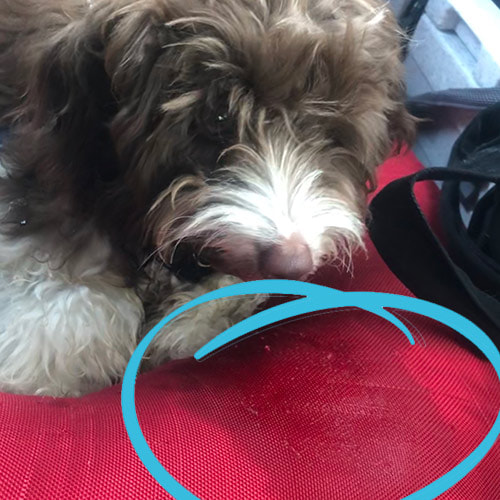
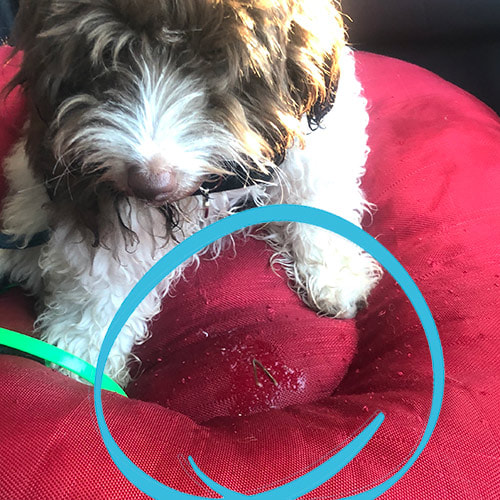
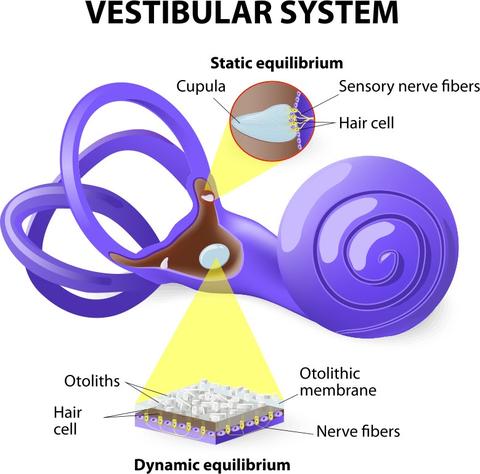
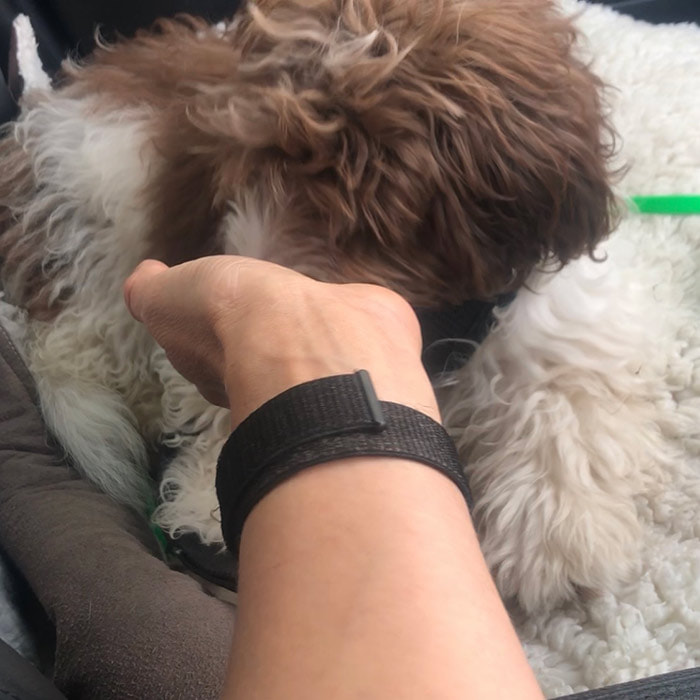
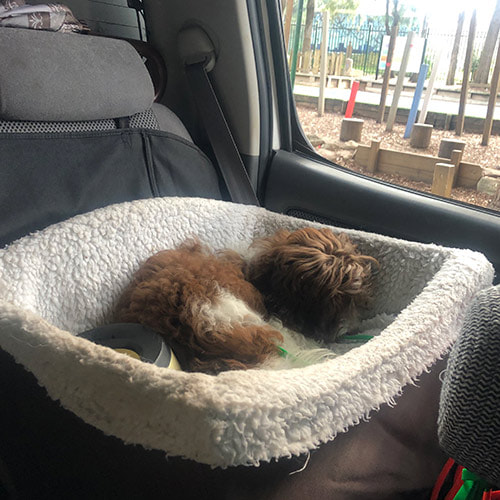
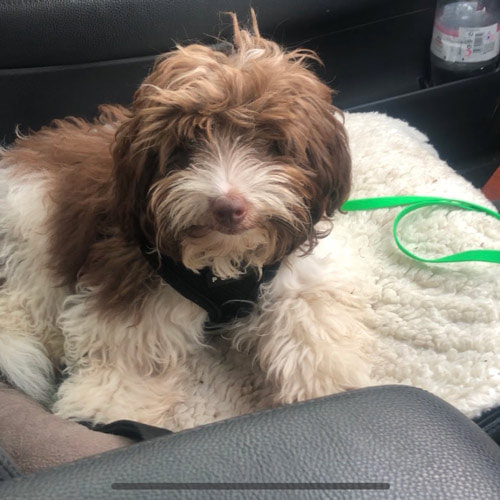
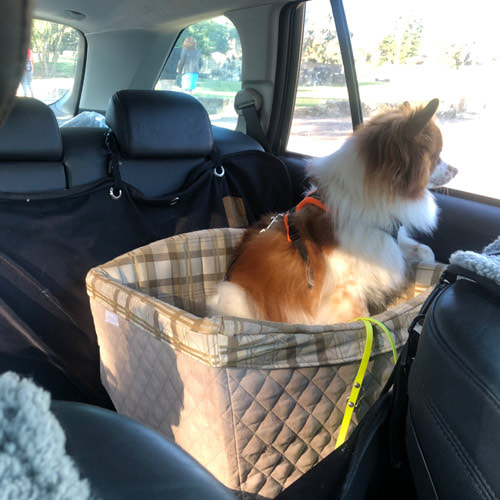
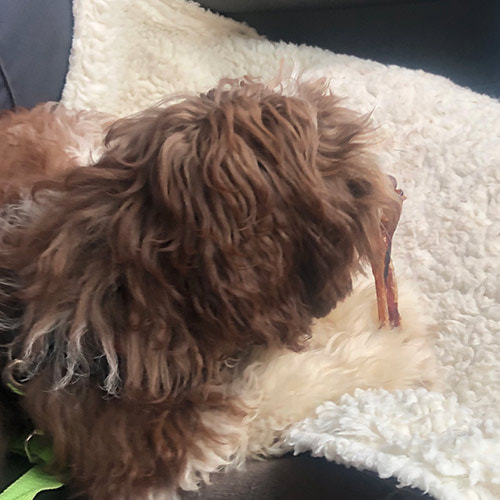
 RSS Feed
RSS Feed